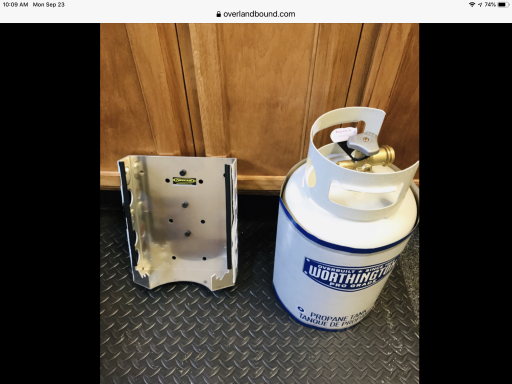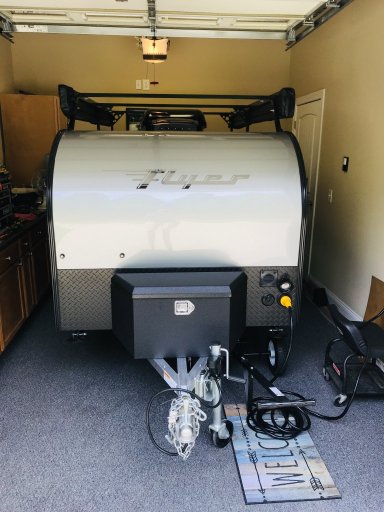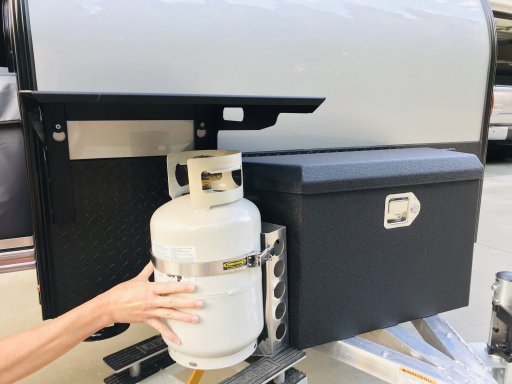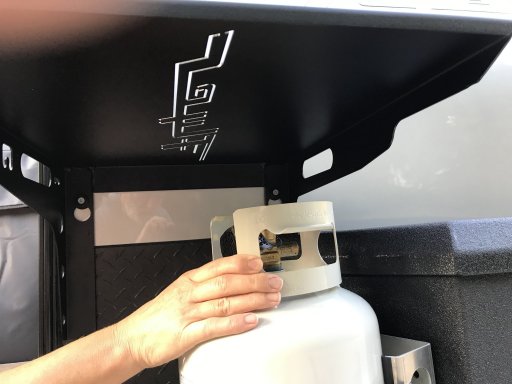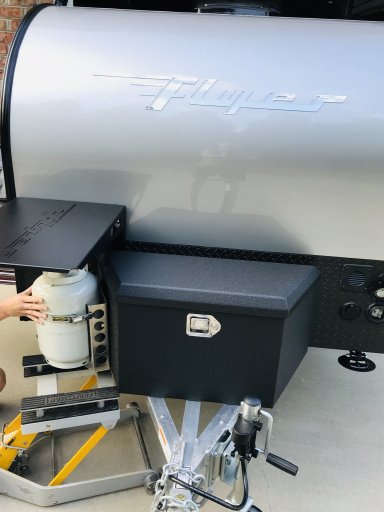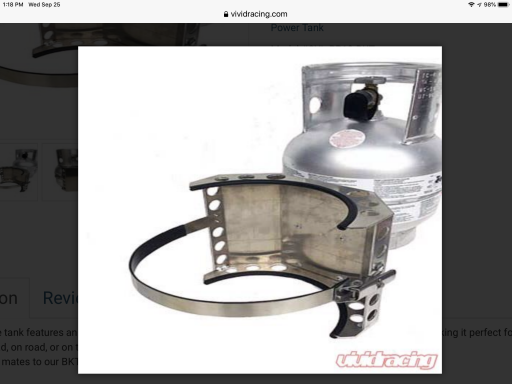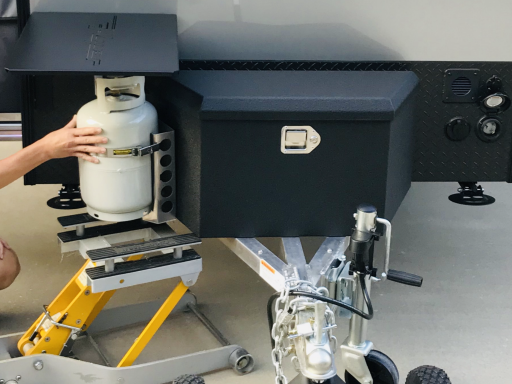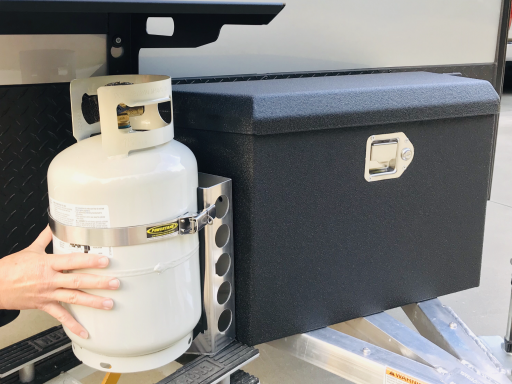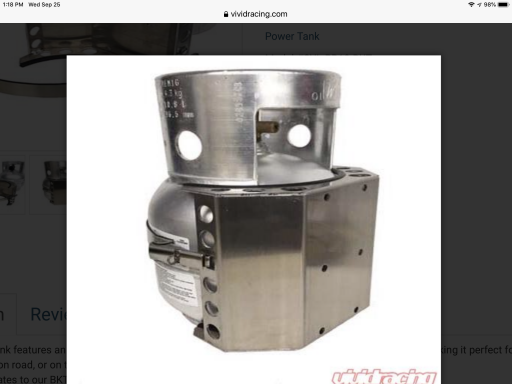I've heard that as well but I can't seem to find out why everybody says that. Lifestyle Overland went all the way to Alaska and back with their tank on its side the entire time it was up on the roof rack. That's several thousand miles. I asked them if they had any issues and they said none at all. They also said the same thing that everyone says not to, but not why not to.
Here’s an area where I do have some expertise - I’m actually a Hazardous Materials technician;
The issue with a “traditional” vertical propane tank is that all the fittings, including the pressure relief valve are in the upper part of the tank, which is the vapour space of the tank.
When placed on their side, the fittings, including the pressure relief valve are likely now in contact with the liquid part of the gas (that’s how they fit so much propane in your cylinder - they squeeze it until it’s liquid).
The fact that it is liquid does not make it more likely to get out of the tank, leak but IF it does, liquid propane expands over 300 times, so 1 gallon of liquid leaking out of the tank makes 300+ gallons of propane gas around the tank before it dissipates.
So, if the pressure valve let’s go of some pressure, for example because the temperature of the cylinder rises enough in the sun or worst, inside a vehicle, if your cylinder is on its side, you will release a lot of propane instead of a small mount of gas.
So, will you certainly kill someone, no!
But you could be making for a really bad day because that a lot of gas!
Does that make sense?








